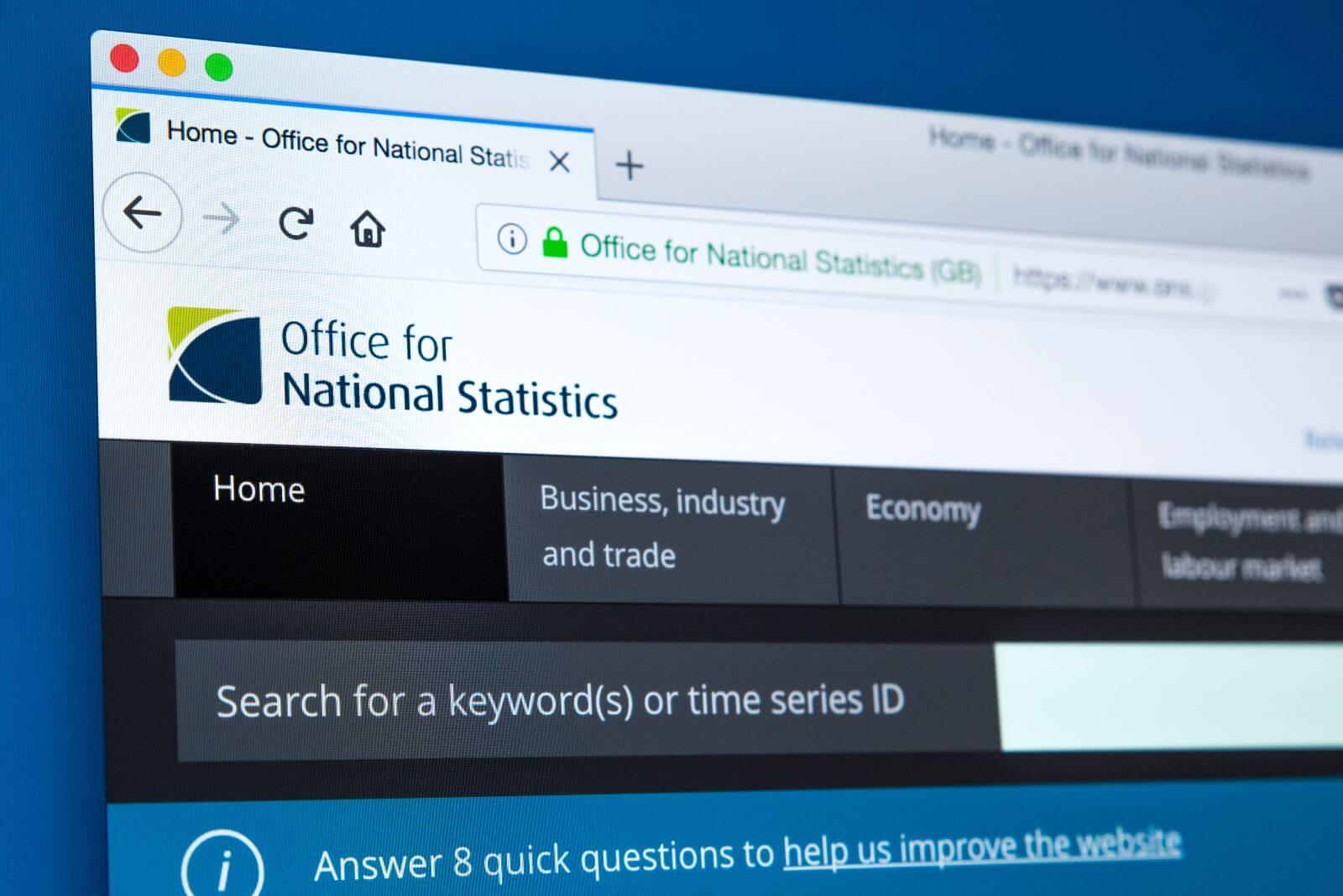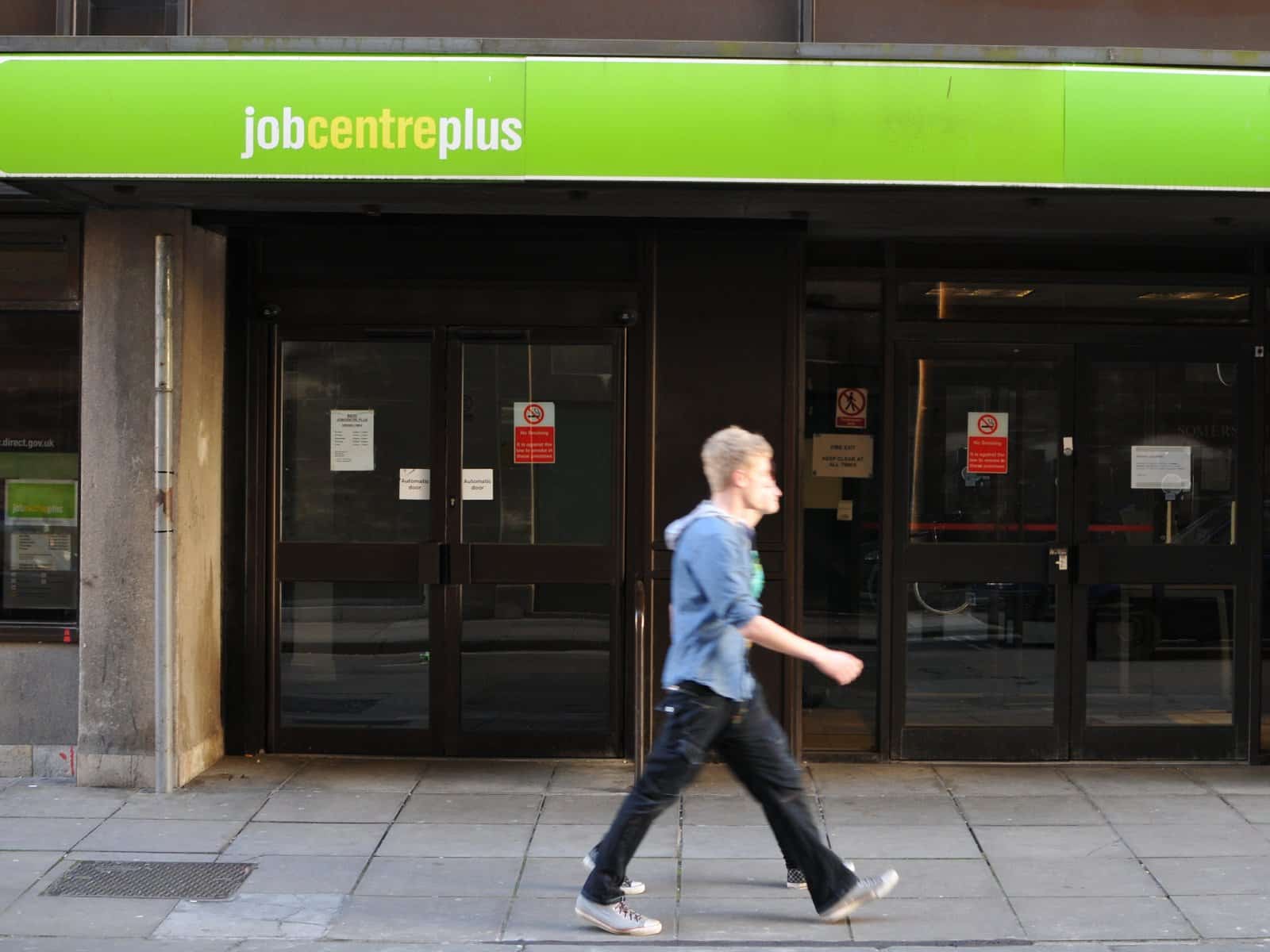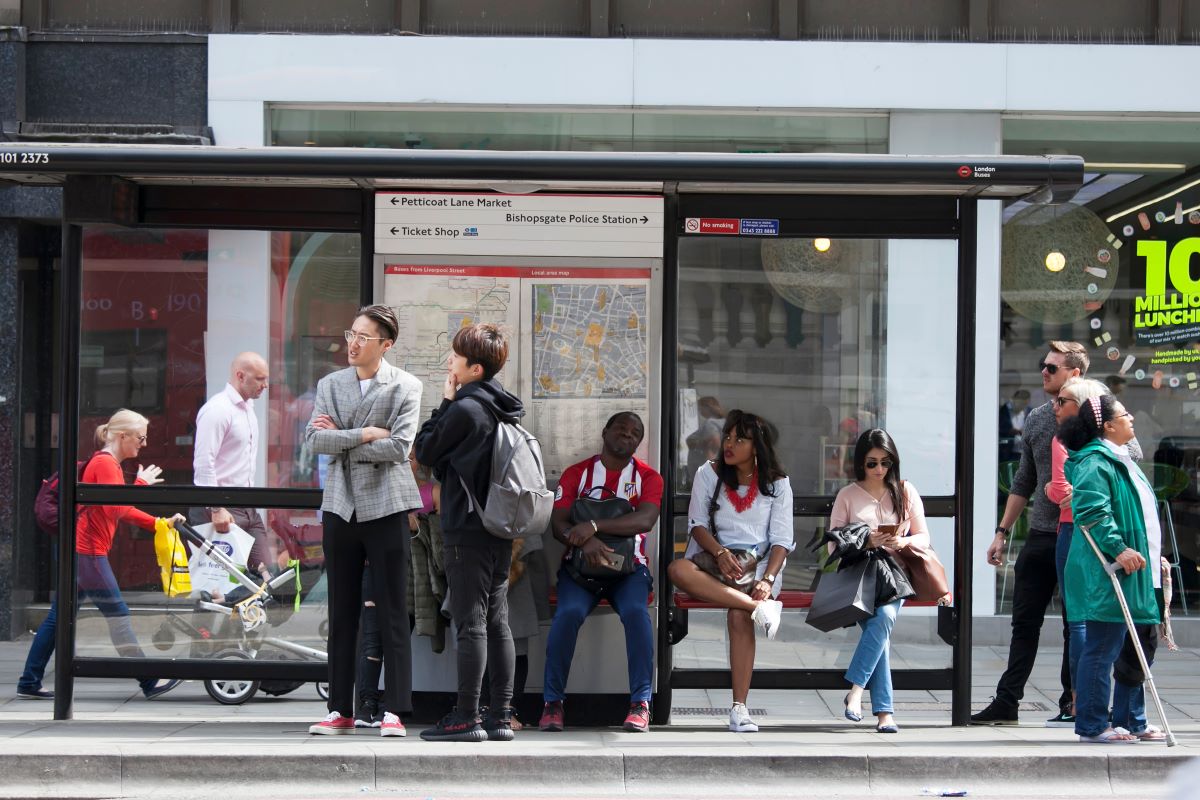Interest rates are impacting all sectors, and as a result, wages might decrease soon. At the same time, job seekers may notice jobs becoming all the more scarce. Here are some of the challenges the UK faces.
Defining Economic Inactivity

The Office for National Statistics defines economic inactivity as unemployed people who have not managed to find work and have been looking for a full month. It also includes people who cannot start working in the next two weeks.
To Cut or Not to Cut Interest Rate

The Times Money Mentor mentioned UK rates are expected to fall in 2025, reaching about 4%. The Bank of the UK and economists are eagerly watching the rate at which the economy is affected and its impact on UK citizens’ future spending, amongst other things.
Pay Increase Slow

According to the Guardian, the Office for National Statistics (ONS) says pay growth decreased from 5.9% to 5.7%. These are based on predictions by economists, as the Guardian reported.
Fewer Vacancies

Job vacancies in the UK went down by 30,000, the Guardian reported. Jobs remained somewhat available, the reports said, but there was still an obvious increase in unemployment.
Maybe Hospitality and Retail

Only a few hospitality and retail work were available at a fluctuating rate during April of that year.
Increases and Bonuses

The report also showed that salaries increased by only as little as 3%. In the previous three months, growth was 4.5%.
Cooling Markets Are Evident

The Office for National Statistics, Liz Mckeown, said that many visible signs prove the market is cooling. One of these is the slowly increasing rate of unemployment.
Increased Unemployment

With unemployment growing, payroll shows a decline in the number of people employed and earning a salary on a full-time basis.
More People Out of Jobs

The Guardian shared that around 500,000 people are reported to be out of jobs in the UK. This is even more than just a year ago.
No Economic Growth

According to economists, it’s clear that the UK is experiencing minimal economic growth. Progress is seen in the number of adults and the working age group who don’t have jobs and are not actively looking for work at this stage.
Higher Than Ever Before

Economic inactivity is said to be at the highest it has ever been, according to The Guardian. Economic inactivity stands at a momentous 9.4 million. Reports suggest many people are out of work due to long-term sickness from COVID-19.
Economic Inactivity

Lancaster University’s work foundation asked the question, “Is economic inactivity the new normal?” As many as 1.44 million people in the UK are out of work and actively looking for jobs.
Ill Health Adding to Unemployment in the UK

Lancaster University noted that the largest contributor of economically inactive people in UK, is due to the effects of covid causing “long-term sickness.”
Jobless and Not Looking

Statistically, it’s reported that the number of people out of work and not looking has increased to nearly 3 million. This number is higher than before the pandemic when the numbers were below 800,000.
How the Market and Government Work Together

According to the University of Lancaster, the government is also more focused on keeping people in jobs, including those who have now become disabled.
Accommodating Flexible Working Hours

Everything from flexible working conditions to occupational health services are all forming part of the government’s initiative to keep everyone in the working economy.
An Ageing Population

The ageing population is another contributor to the unemployed UK population. Economic inactivity is the result of people ageing within their jobs and reaching retirement. Over 10 million people will be in their 60s and 70s in the next 40 years, the varsity said.
Cutting Bank Costs

The European Central Bank were among the first banks to reduce how much credit to lend to its borrowers. However, the Guardian reports that this move hasn’t changed the interest rates in any way.
2% Interest Rate Cut US Comparison

US Federal Reserve Bank Chair Jerome Powell has also spoken of America’s economy being in reasonable condition. The Fed is, thus, considering cutting the rates before it reaches 2%. It follows concerns about the repercussions of holding the interest rates high for too long.
Back to Work

How soon before things change concerning UK jobs? We can only wait and see how the government will deliver on “…getting people back into work with careers…” as per the Labour Manifesto.
Featured Image Credit: Shutterstock / Elena Rostunova.
The images used are for illustrative purposes only and may not represent the actual people or places mentioned in the article.

